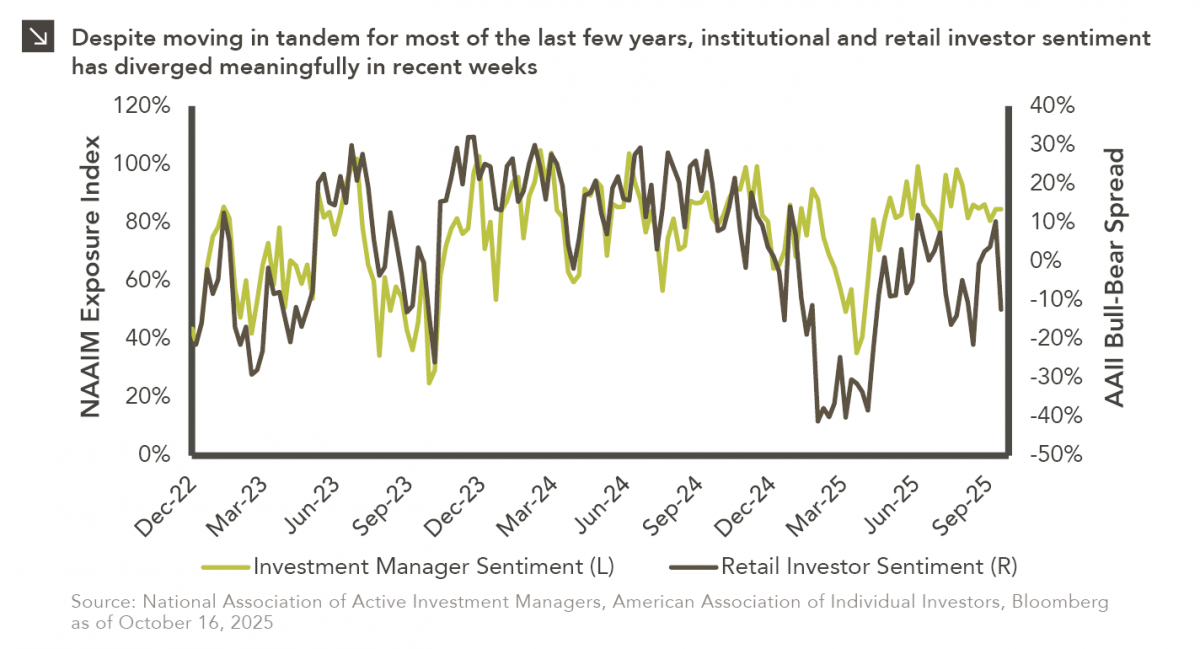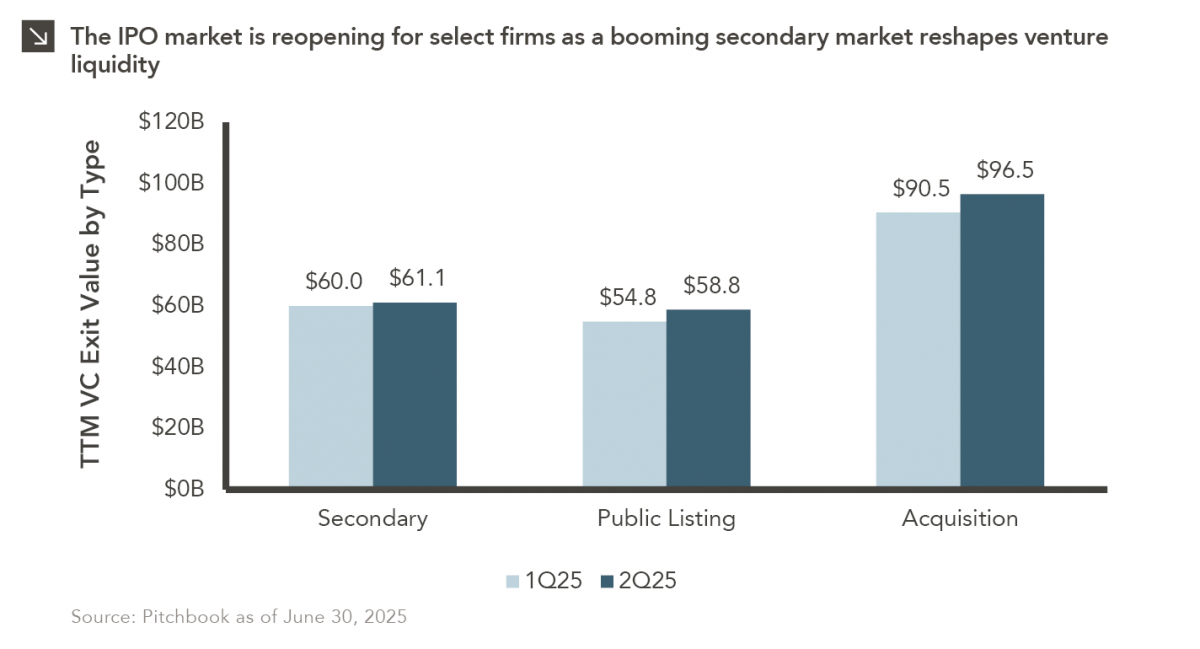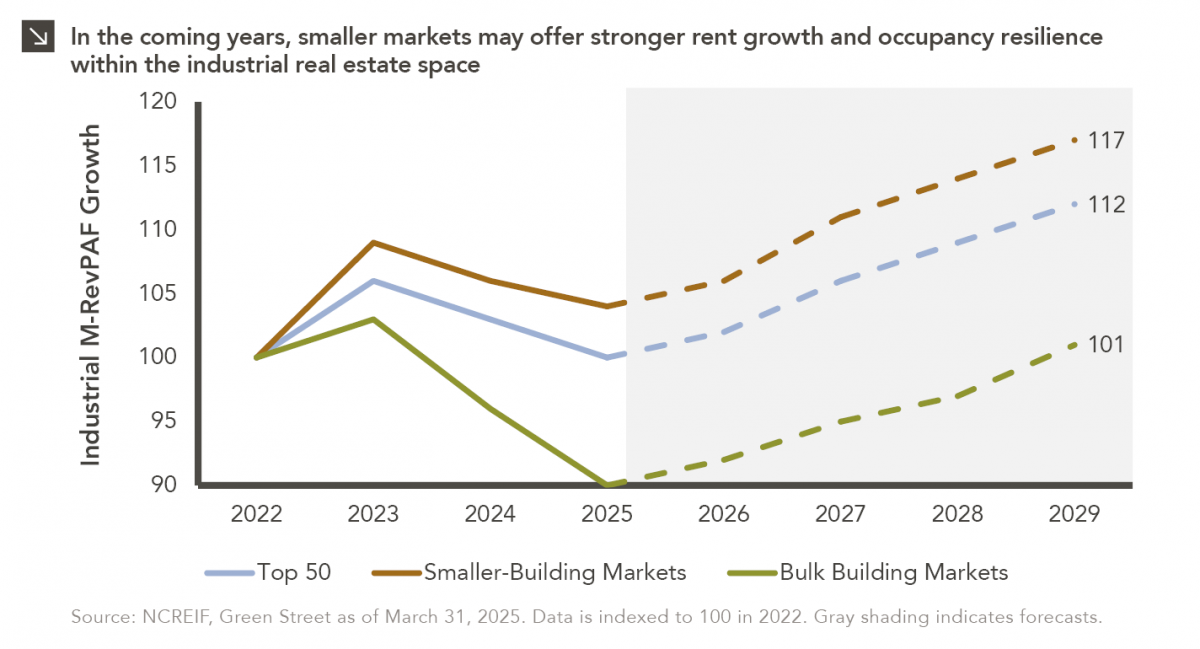10.22.2025
3Q 2025 Market Insights
This video is a recording of a live webinar held October 22 by Marquette’s research team analyzing the third quarter…


With the Fed poised to further raise rates this year as well as next, it is insightful to investigate how a bond’s duration can impact its return in a rising interest rate environment. Typically, a bond’s duration is used to gauge its price sensitivity to changes in interest rates. As most investors know, bond prices are inversely related to interest rates; the longer the duration, the greater the sensitivity to interest rate movements. In the event of rising rates, all else equal, a bond with a higher duration will decline more in price.
As a simple illustration of how duration can affect bond prices in times of rising interest rates, we compare the performance of short bonds — measured by the Barclays 1–3 Year Govt/Credit Index — and long bonds — measured by the Barclays Long Govt/Credit Index. At this point, the Federal Reserve is likely to announce two more interest rate hikes in 2018, with each hike expected to be 25 basis points. The respective durations for the two indices used in the analysis are approximately 1.9 and 14.9, respectively. Assuming a parallel shift in the yield curve and keeping other economic variables constant, the index values will decrease by 0.95% (short bonds) and 7.45% (long bonds), given the 0.5% increase in interest rates by the end of 2018. If this is true, does this mean that short duration bonds always outperform long duration bonds when interest rates goes up?
On average, the annualized cumulative return over seven interest rate rising periods since 1976 on the Barclays 1–3 Year Govt/Credit Index is 4.69% and 3.4% for the Barclays Long Govt/Credit Index. The correlation with interest rates is also consistently high for short duration bonds at 87% as opposed to 24% for long duration bonds.
At this point, the numbers suggest that short duration bonds tend to outperform when interest rates rise. However, the last two periods in the chart show the opposite trend — long bonds have actually outperformed their shorter duration counterparts. How so? A primary reason is how the shape of the yield curve changed during the last two interest rate increases, as not all rate increases are parallel shifts of the entire curve. The shifts in the yield curve for the periods 1994–1995 and 1999–2000 were indeed parallel whereas the last two periods featured rises on almost exclusively the short end of the yield curve. Rates were anchored on the long end during these periods due to demand from foreign investors looking for greater yield than offered by their home countries, particularly in Europe and Asia.
Overall, the chart shows that short duration bonds provide a more predictable return when rates rise, however a non-parallel shift in the yield curve can influence their relative performance vs. longer duration bonds. For institutional investors, if nothing else this serves as a reminder that trying to time interest rates and changes to the shape of the yield curve is an utterly difficult task to consistently get right, so investors are best served maintaining and re-balancing their bond allocations as dictated by their investment policy statements.
The opinions expressed herein are those of Marquette Associates, Inc. (“Marquette”), and are subject to change without notice. This material is not financial advice or an offer to purchase or sell any product. Marquette reserves the right to modify its current investment strategies and techniques based on changing market dynamics or client needs.
The opinions expressed herein are those of Marquette Associates, Inc. (“Marquette”), and are subject to change without notice. This material is not financial advice or an offer to purchase or sell any product. Marquette reserves the right to modify its current investment strategies and techniques based on changing market dynamics or client needs.

10.22.2025
This video is a recording of a live webinar held October 22 by Marquette’s research team analyzing the third quarter…
10.22.2025
I spent the past weekend at my alma mater to watch them play their biggest rival. Football weekends there are…

10.20.2025
This week’s chart compares institutional and retail investor sentiment using two established indicators. Institutional sentiment is represented by the National…

10.13.2025
After a three-year drought, the IPO market is stirring again… but only for a select few. Just 18 companies have…

10.06.2025
This week’s chart compares realized and expected Market Revenue per Available Foot (“M-RevPAF”) growth within the industrial real estate space…

10.03.2025
Watch the flash talks from Marquette’s 2025 Investment Symposium livestream on September 26 in the player below — use the…
Research alerts keep you updated on our latest research publications. Simply enter your contact information, choose the research alerts you would like to receive and click Subscribe. Alerts will be sent as research is published.
We respect your privacy. We will never share or sell your information.
If you have questions or need further information, please contact us directly and we will respond to your inquiry within 24 hours.
Contact Us >